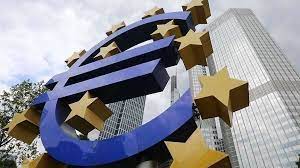|
The recent release didn’t provide much evidence of more structural inflation as core inflation fell back from 0.9% to 0.7%. However, in Germany core inflation rose strongly as a result of VAT effects but other countries have seen a drop that more than counteracts this effect. Non-energy industrial goods inflation, which has been rising over recent months, fell back to 0.7% from 1.2%. So what does this tell us? Well, it indicates that the price pressures related to transport costs and input shortages are not yet translating into increasing consumer goods prices. Services inflation only increased from 0.7% to 0.9%, which is a small increase. However, it is still highly probably that we'll see goods and services inflation heading higher so this adds to the upside inflation risk in the months ahead. Another important factor is the labour market and that really needs to perform well in the months ahead. The unemployment numbers came in today showing that unemployment declined to 7.7%. This confirms that the labour market is getting tighter on reopening. Its worth noting that the ending of furlough schemes could impact these numbers, however the current status of the job market may well add some more upside risk to inflation over the medium term.
0 Comments
Leave a Reply. |
AuthorTim the trader Archives
January 2025
Categories |
Site powered by Weebly. Managed by iPage

 RSS Feed
RSS Feed